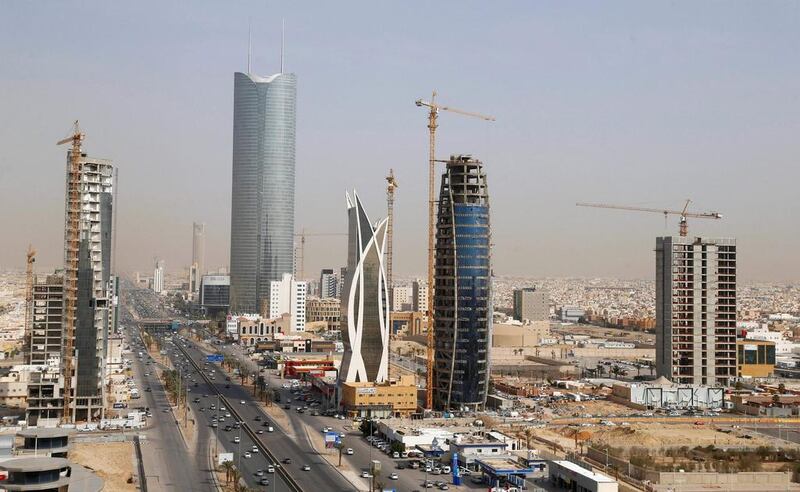Borrowing in the Middle East and North Africa will decline by 6 per cent to $181 billion in 2018 as fiscal consolidation and higher oil prices decrease the need for tapping debt, S&P Global Ratings said in a report.
The expected decline in borrowing follows a 30 per cent dip in 2017.
"The decline will result from fiscal consolidation measures across the GCC and the uptick in oil prices which will likely push down net-oil-exporting governments' financing needs," said the report, authored by Dubai-based S&P analysts Trevor Cullinan and Shokrukh Temurov.
______________
Read More:
[ GCC bond sales to be bolstered by financing needs in 2018, market participants say ]
[ Arabian Gulf energy companies issue record debt to fund expansion ]
______________
About 40 per cent of the $181bn that will be borrowed by Mena sovereigns in 2018 will go towards refinancing maturing long-term debt. The share of debt from countries with the highest credit rating in the region - Abu Dhabi, Kuwait and Qatar - which all have AA ratings, will make up 19 per cent of total debt, up from 16 per cent in 2017. Saudi Arabia and Ras Al Khaimah, which both have an A rating, are expected to account for 20 per cent of the total debt, S&P said.
Issuers in the region, especially from the GCC, went on a bond-selling spree in the aftermath of the 2014 oil crash. Governments in the oil-rich Arabian Gulf had not tapped the bond market in any significant way until 2016. Most countries in the region had maintained budget surpluses before the crash in the price of oil price crash began in the summer of 2014, which led to more than a 60 per cent price plunge.
That drop in the value of crude oil, the lifeline for many countries in the region, changed the equation, leading to a record year for regional bond issues in 2016 with over $60bn worth of fixed income sold. Governments also used the cash to pump money into the banking system to reinvigorate the local lending market and to help diversify economies.
However, governments have been able to decrease reliance on borrowing to plug deficits through a series of measures, such as reducing energy subsidies and the introduction of a 5 per cent VAT in Saudi Arabia and the UAE.
"In recent years, GCC sovereigns have implemented fiscal consolidation measures to cut government spending and increase non-oil government revenues," the report said.
"We expect regional fiscal deficits to moderate as a result, while the modest recovery in oil prices of late should boost non-oil revenues."
Brent crude oil has gained 0.7 per cent this year after rallying 17 per cent last year.
Egypt has the biggest current outstanding debt of with $46.4bn, or 26 per cent of the region's gross commercial long-term borrowing, followed by Iraq with $35bn or 19 per cent of the total, and Saudi Arabia with $31bn or 17 per cent.
S&P said the estimates for the borrowing needs of the 13 Mena sovereigns focuses on debt issued by a central government in its own name, but excludes local government and social security debt as well as the debt of other public entities and government-guaranteed obligations.





